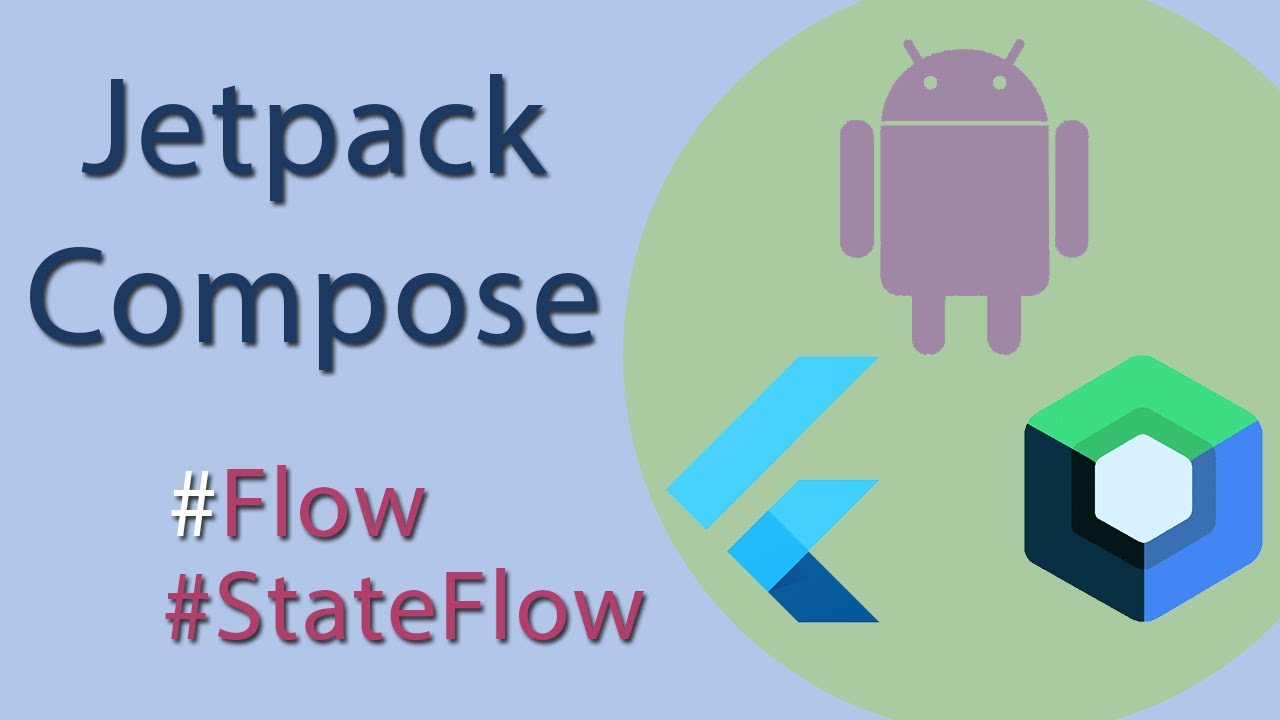Caching is the process of storing data in a high-speed storage layer so that future requests for such data can be fulfilled much faster than is possible by accessing its primary storage location.
An example of caching that you may be familiar with is the browser cache, which stores frequently accessed website resources locally so that it does not have to retrieve them over the network each time they are needed.
Benefits of caching
The primary benefit of caching is that it improves the speed of data retrieval by reducing the need to recompute a result or access the underlying processing or storage layer.
If the result of the query is already present in the cache, this processing can be skipped entirely so that the response time is faster, which frees up server resources to do other work.
Faster data access significantly boosts application responsiveness and performance without adding new hardware resources.
- Reduced server load
- Increased reliability
- Decreased network costs
- Improved database performance
- Increased availability of content:
There are multiple ways to implement caching in a web application:-
In-process or in-memory caching may be implemented in a Node.js application through libraries,
=> node-cache,
=> memory-cache,
=> api-cache, and others.
Distributed caching solutions:-
=>Redis
=>Memcached.
They are both in-memory key-value stores and optimal for read-heavy workloads or compute-intensive workloads due to their use of memory rather than the slower on-disk storage mechanisms found in traditional database systems.
How it works:-
When the first request is made to the /posts route, the cache is empty, so we have to reach out to an external API to retrieve the necessary data. When I tested the response time for the initial request, it took about 1.2 seconds to receive a response.
After data is retrieved from the API, it is stored in the cache, which causes subsequent requests to take significantly less time to be resolved. In my tests, I consistently got about 20–25 ms response times on subsequent requests, which represents an approximately 6,000% performance improvement over making a network request for the data.
In my tests, I consistently got about 20–25 ms response times on subsequent requests, representing a performance improvement over making a network request for the data.
Difference between Node-cache vs. Redis:–
Node-cache
- simple and easy-to-use caching solution
- Minimal setup and configuration
- in-memory caching module for Node.js
- No external dependencies
Redis
- robust and highly scalable caching solution
- handles large amounts of data and high traffic loads.
- in-memory data store
- supports advanced features like distributed caching, replication, and clustering.
Topic: Persistence
Redis provides persistence options.
Cached data can be stored on disc.
ensures data integrity even after the server restarts or crashes.
Node-cache is an in-memory cache without persistence.
Topic: Advanced Features
Redis offers a wide range of advanced caching features.
Expiration times, eviction policies, pub/sub messaging, data structures, etc.
Ideal for complex caching scenarios and leveraging advanced functionality.
Node-cache lacks such advanced features.
Topic: Integration
Redis integrates well with other systems and frameworks.
Built-in support in various applications (e.g., session stores, task queues)
simplifies the integration process with compatible systems.
Node-cache does not offer the same level of integration options.
Topic: Scalability and Performance
Redis excels in scalability and performance.
handles high traffic loads and large datasets efficiently.
Distributed caching, replication, and clustering capabilities
Node-cache is suitable for simpler caching needs.
Topic: Cost Considerations
Node-cache is lightweight and doesn’t require additional infrastructure.
No extra costs are associated with
Redis may involve additional expenses.
separate server that needs hosting and maintenance.
Conclusion:
Choose Node-cache if simplicity and ease of use are important.
Opt for Redis if scalability, advanced features, and integration are priorities.
Consider persistence and cost factors in the decision-making process.



